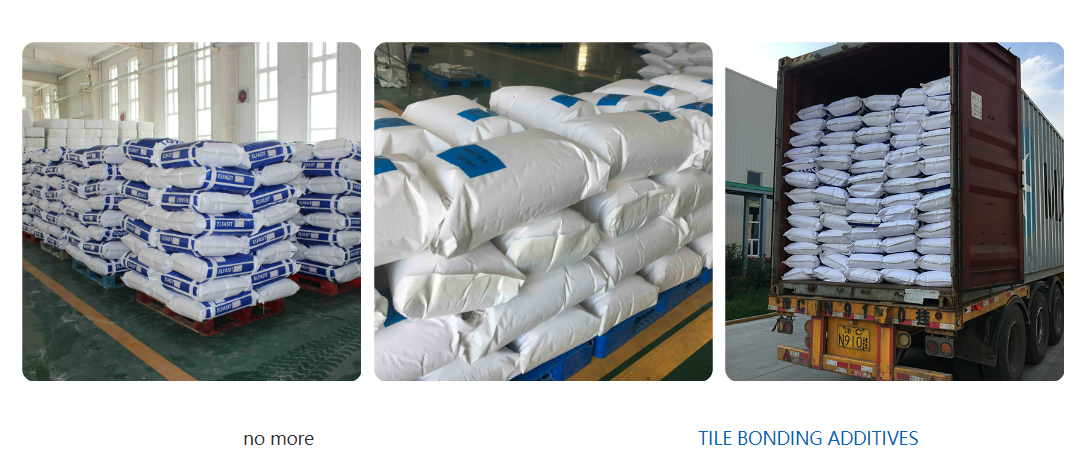
Sep . 06, 2024 19:00 Back to list
HPMC HS Code - High-Performance Hydroxypropyl Methylcellulose
Understanding HPMC and Its HS Code A Comprehensive Overview
Hydroxypropyl Methylcellulose (HPMC) is a versatile polymer derived from cellulose, widely used across various industries due to its unique properties. Its applications range from pharmaceuticals to food and construction. One of the key aspects of trading HPMC globally is its Harmonized System (HS) code, which classifies goods to facilitate international trade.
What is HPMC?
HPMC, a non-ionic, cellulose-based polymer, is characterized by its ability to dissolve in cold water, forming a clear, viscous solution. This water-retaining property makes it invaluable in many applications. In the pharmaceutical sector, HPMC is often used as a binder and coating agent in tablets, ensuring uniformity and stability. Its film-forming capability is also beneficial in creating sustained-release formulations.
In the food industry, HPMC acts as a thickening agent and emulsifier, enhancing the texture and consistency of various products, such as sauces and dressings. Additionally, it finds utility in the construction industry as an additive in cement and plaster, improving workability and water retention.
Importance of HS Codes
HS Codes are internationally standardized numerical methods of classifying traded products. Each code is part of a larger system developed by the World Customs Organization (WCO), designed to streamline customs procedures and facilitate international trade. The HS Code for HPMC is crucial for importers and exporters, as it determines tariff rates and customs duties applicable to this product.
hpmc hs code

For HPMC, the HS Code is typically 3912.39, which falls under the category of “Cellulose and its chemical derivatives.” This classification is essential for businesses engaged in the production and distribution of HPMC, as it helps in ensuring compliance with trade regulations.
Implications for Importers and Exporters
Understanding the HS Code for HPMC allows businesses to navigate the complexities of international trade more effectively. Correct classification is vital to avoid penalties, ensure proper tariff rates are applied, and facilitate smoother customs clearance. An inaccurate HS Code can lead to unexpected costs and delays.
Moreover, businesses must stay updated on any changes in HS codes or related regulations, as these can impact trade agreements and market opportunities. Engaging with customs brokers or trade experts can provide valuable insights and assist in compliance.
Conclusion
Hydroxypropyl Methylcellulose is a critical material with extensive applications across various industries, underscored by its importance in global trade. The correct identification and application of its HS Code enable businesses to operate efficiently within the international market. As trade continues to evolve, staying informed about HPMC, its applications, and the regulatory landscape will be instrumental for companies striving for growth and compliance in the global economy. By understanding these dynamics, businesses can better position themselves for successful operations within the ever-changing landscape of international trade.
-
Versatile Hpmc Uses in Different Industries
NewsJun.19,2025
-
Redispersible Powder's Role in Enhancing Durability of Construction Products
NewsJun.19,2025
-
Hydroxyethyl Cellulose Applications Driving Green Industrial Processes
NewsJun.19,2025
-
Exploring Different Redispersible Polymer Powder
NewsJun.19,2025
-
Choosing the Right Mortar Bonding Agent
NewsJun.19,2025
-
Applications and Significance of China Hpmc in Modern Industries
NewsJun.19,2025







